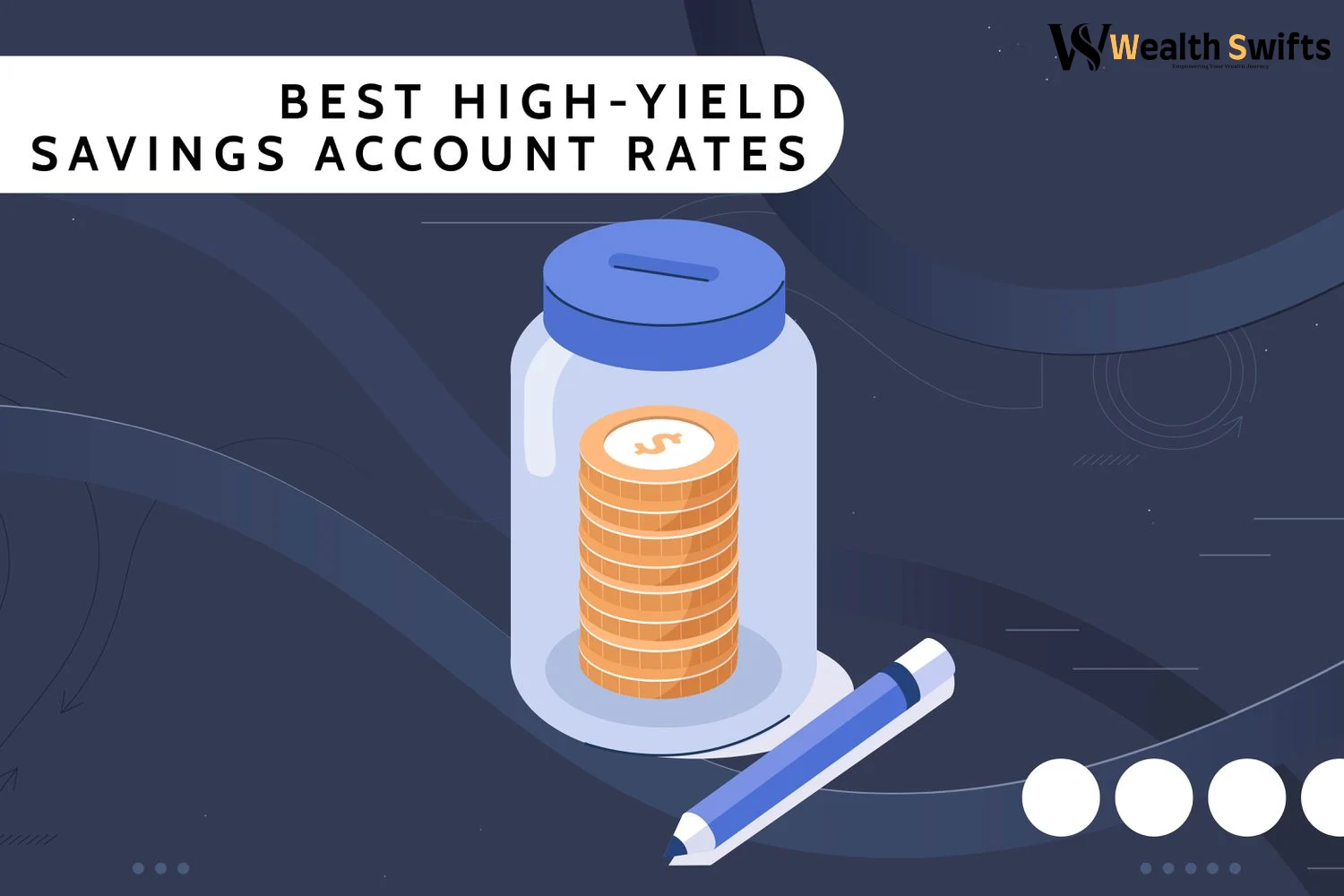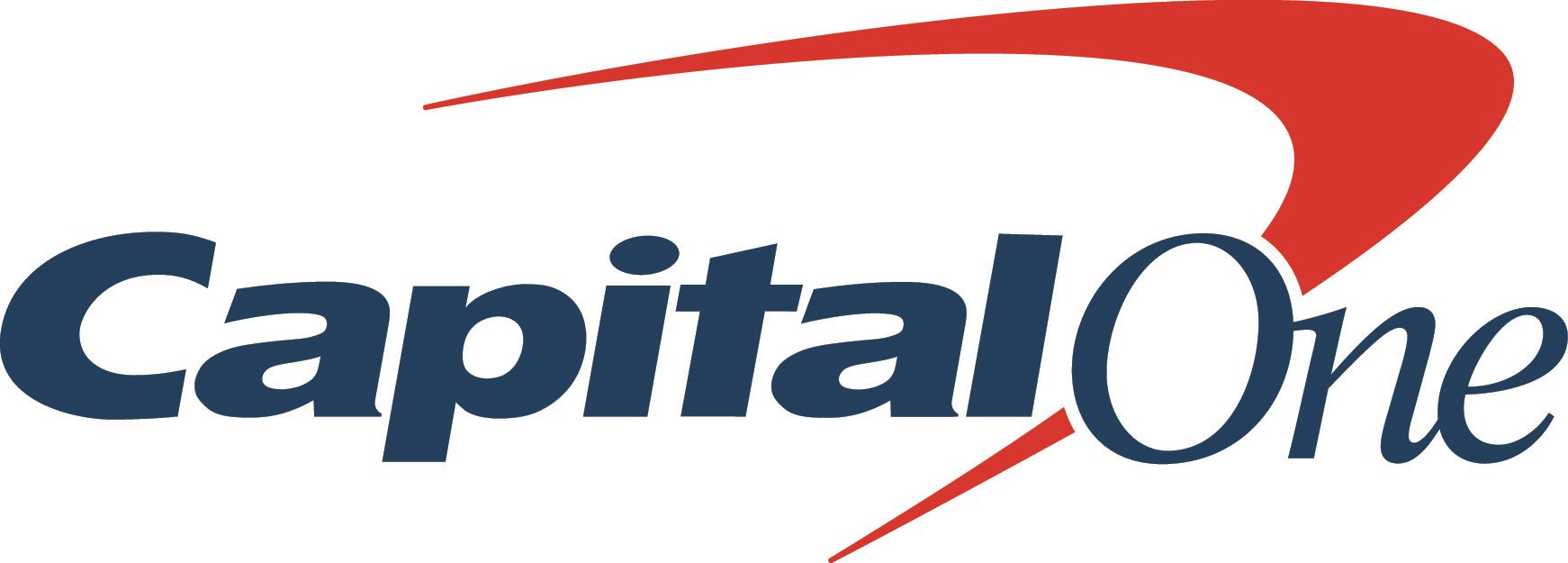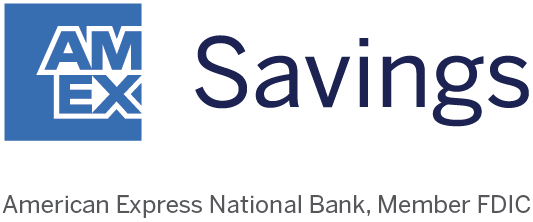Best Savings Accounts in 2024 – Money Saving Expert
Annual percentage yields, or APYs, of the most reputable high-yield savings accounts, are approximately ten times greater than the national average rate of 0.46%. The majority of the rates in this list exceed 5%. High-yield savings accounts are the optimal choice when one desires to increase their savings.

The current opportune moment to establish a high-yield savings account is because APYs have increased as a result of the Federal Reserve’s rate hikes. The following alternatives will improve your emergency fund at a faster pace than accounts with ordinary rates.
To view a comprehensive list of our editorial recommendations for the most exceptional accounts, please scroll down. For additional details regarding the operation of savings accounts and the factors to take into account before establishing one, please refer to the bottom of the page.
SoFi Checking and Savings
Rating ⭐4.5/5
- APY: 4.60% With $0 min. balance for APY
- Bonus: $300 Earn up to $300 with direct deposit. Terms apply.
At SoFi Bank, N.A., Member FDIC
The Reasons We Like It
SoFi Checking and Savings is a savings and checking account that generates an annual percentage yield (APY) of 4.60% (variable and subject to change) on the funds held in the savings section of the account. To obtain that rate, you must perform one of the following: Establish a direct deposit in any quantity or make manual deposits of at least $5,000 every 30 days. Your savings balance will earn 1.20% APY in the absence of either a direct deposit or the minimum manual deposit.
Some banks that provide high-yield savings accounts do not offer checking accounts, necessitating that you seek alternative options to satisfy your checking requirements. However, SoFi combines the two, and the funds you maintain in the checking portion of the account yield a rate of 0.50% APY, regardless of whether you make deposits (the APY is subject to fluctuation).
An account can be opened without a minimum deposit, with no monthly maintenance fee.
CIT Bank Platinum Savings
Rating ⭐4.5/5
- APY:5.00% With $5,000 min. balance for APY
- Bonus: N/A
at CIT Bank, Member FDIC
The Reasons We Like It
On balances of $5,000 or more, CIt is Platinum Savings account offers an annual percentage yield (APY) of 5.00%. Your account will earn a meagre 0.25% annual percentage yield (APY) if your balance falls below $5,000.
If you have a propensity to maintain substantial balances, at least $5,000, this account is worth considering. However, the bank also provides savings accounts with yields that exceed 0.25% APY if you do not intend to deposit that amount. However, the highest rates on those accounts are not as high as the Platinum Savings rate. It is important to note that there are high-yield accounts available at other institutions that do not have this high deposit requirement.
The account’s minimal opening deposit is a mere $100, even though the high rate requires a higher threshold. Additionally, there is no monthly fee.
American Express® High Yield Savings Account
Rating ⭐4.5/5
- APY:4.25% With $1 min. balance for APY
- Bonus: N/A
At American Express National Bank, Member FDIC
The Reasons We Like It
The renowned credit card company provides a savings account with a competitive yield, a $0 monthly fee, and a $0 minimum balance requirement to establish the account. Interest is earned at a minimum of $1.
The bank also provides a competitive rewards checking account for those who prefer to earn interest on all of their deposits. Consumers who have held an American Express credit card for a minimum of three months are eligible to apply for that checking account. This bank provides a comprehensive product with its checking and savings options, whether you are currently a credit card customer or intend to become one. The high-yield savings account is still a viable option for those who are solely concerned with saving.
American Express states, “Editorial Note: The opinions, analyses, reviews, or recommendations conveyed in this article are solely those of the author and have not been reviewed, approved, or otherwise endorsed by any savings product issuer.
UFB Portfolio Savings
Rating ⭐4.5/5
- APY: 5.15% With $0 min. balance for APY
- Bonus: N/A
At UFB Direct, Member FDIC
The Reasons We Like It
UFB’s savings account does not require a minimum deposit and does not impose a monthly maintenance charge. Its competitive rate of 5.15% APY applies to all balances. The mobile app provided by the account allows users to access standard banking functions, such as initiating funds transfers and making mobile check deposits.
Capital One 360 Performance Savings™

Rating ⭐4.5/5
- APY: 4.25% With $0 min. balance for APY
- Bonus: N/A
At Capital One, Member FDIC
The Reasons We Like It
All balances in this savings account earn the same rate. An account may be opened without any minimum deposit requirements or monthly fees. The bank also provides a checking account that is free of monthly fees and earns interest.
What is a high-yield savings account?
A high-yield savings account is a federally insured savings product that generates rates that exceed the national average. They have the potential to generate approximately 5%. In contrast, the national average rate is 0.46%.
What is the highest-paying high-yield savings account?
Currently, My Banking Direct is the institution with the highest APY on our list of the top high-yield savings accounts. At present, its savings account generates an annual percentage yield (APY) of 5.35%.
Is it worthwhile to invest in a high-yield savings account?
Indeed. Your balance can increase at a speedier rate than it would in an average savings account with a high-yield savings account, also referred to as a high-interest savings account. This is accomplished without any additional effort on your behalf. In a higher-rate account, your money is working more diligently for you.
What distinguishes a traditional savings account from a high-yield savings account?
A high-yield savings account generates an interest rate that is significantly higher than that of a standard savings account. Although some traditional savings accounts, particularly those at large national institutions, earn rates as low as 0.01% APY, high-yield accounts earn multiples of that. At present, the highest-yielding high-interest accounts generate an annual percentage yield (APY) of approximately 5%.
When will savings rates decrease?
Over the past year, the Federal Reserve has maintained a consistent federal funds rate in an endeavour to limit inflation. Also, savings rates have remained relatively consistent during that same period. Experts anticipated that rate reductions would occur at some point during the year in early 2024.
They continue to be elevated as a result of market conditions. This is a positive development for savings enthusiasts. It is now anticipated that a rate reduction will occur in September 2024; however, it is difficult to determine the extent and speed of the decrease in savings rates.
Alternatives to high-yield savings accounts
Money market account versus high-yield savings account
Both high-yield savings accounts and money market accounts are varieties of savings accounts. However, money market accounts (MMAs) typically provide debit cards and checks, as well as the capacity to make a limited number of monthly purchases.
In general, both types of accounts allow you to attach to other deposit accounts, such as checking accounts, to make electronic withdrawals and deposits. However, money market accounts provide a more convenient means of accessing your funds by allowing you to use debit cards or checks. This can be advantageous if you require immediate access to your funds. Nevertheless, certain MMAs impose large minimum opening deposits and charge monthly fees.
Certificate of deposit (CD) versus high-yield savings account
Both high-yield savings accounts and certificates of deposit are federally insured deposit accounts; however, CDs typically offer higher rates in exchange for locking in your funds for a specified duration. CDs are most suitable for funds that can be invested for the duration of the CD tenure, which can typically be anywhere from a few months to five years or more.
Consider opening a CD if you have a short-term savings objective for an item that you plan to purchase in a few years. In general, funds in high-yield savings accounts can be withdrawn at any time; however, there may be a monthly withdrawal limit of six for specific categories of withdrawals. A high-yield savings account is a superior choice for an emergency fund in comparison to a CD.
Checking account versus high-yield savings account
A high-yield savings account is utilized to cultivate one’s account balance, whereas a checking account is employed for routine expenditures. Some checking accounts earn interest or offer cash-back rewards. However, a high-yield savings account is likely to pay a higher interest rate, although it may also restrict certain categories of withdrawals to a maximum of six per month.
What are the advantages of the most favourable savings account rates?
Your bank balance can increase at a quicker pace as a result of earning a higher rate of interest. When an account earns a high rate, such as 5% APY, the potential to earn more than 10 times the amount as an account with an APY that earns half a cent is present. (For an illustration, refer to the subsequent inquiry.)
What is the expected return on $10,000 in a high-yield savings account?
Your balance will increase at a quicker pace without any additional effort on your part if your money is in an account that earns a high rate. A savings balance of $10,000 would earn slightly more than $500 after a year using a 5% annual percentage yield (APY). The earnings may not result in wealth, but they are significantly higher than those of an account with a 0.40% APY, which would yield approximately $40.
What is the most effective method for selecting the most lucrative high-interest savings accounts?
Search for accounts that offer minimal service charges and high interest rates. You want to ensure that you are not required to pay a monthly fee. Some institutions do not impose monthly fees, while others do but will waive them if you maintain a minimum balance.
Be prepared to explore alternatives to the more recognizable, bigger institutions. Good rates and minimal deposit requirements are offered by numerous smaller institutions, such as online banks and applications.
Advantages and disadvantages of high-yield savings accounts
The following is a comparison of the advantages and disadvantages of conventional high-yield savings accounts with alternative methods of fund growth.
- Advantages of high-yield savings accounts: Generates higher rates than other savings accounts.
- It is a deposit account, which means that it is insured by the federal government (unlike investments).
- Typically, it is possible to access it online, eliminating the necessity to depart one’s residence.
Cons: High-yield savings accounts may necessitate a higher minimum opening balance than traditional savings accounts.
Although they can be accessed online (a benefit), some are exclusively available online, rendering it impossible to provide face-to-face customer service.



